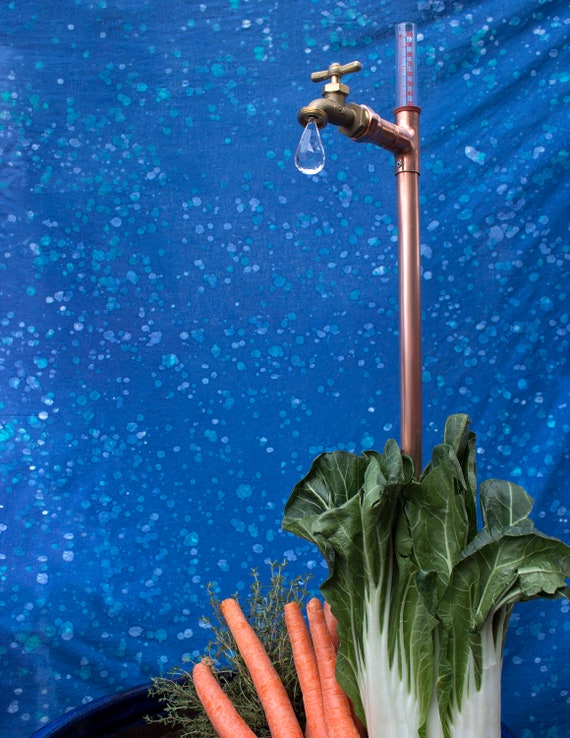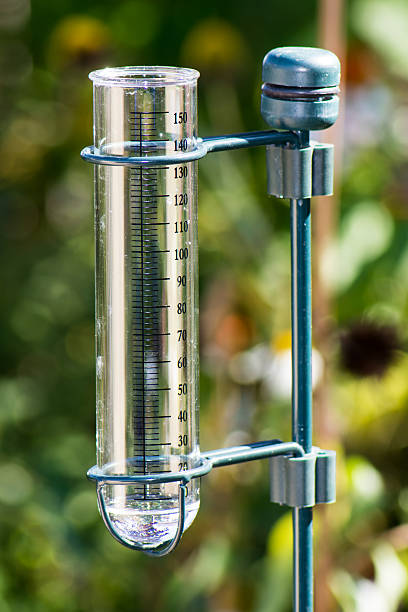How to Select the Right Rainfall Scale for Accurate Rain Information
To get trusted dimensions, it is essential to choose the right rainfall gauge. Considering variables such as area, type, and accuracy of the rain gauge will aid ensure exact data collection. In addition, recognizing the maintenance and calibration treatments will contribute to the long life and reliability of your rainfall gauge.
Importance of Selecting the Right Rain Gauge
The value of picking the ideal rainfall scale hinges on acquiring accurate and reliable rainfall data for exact meteorological evaluation. Rain data is essential for a wide variety of applications, including weather projecting, hydrological modeling, and climate study. Undependable or unreliable information can lead to wrong conclusions and flawed decision-making processes.

Second of all, the precision and precision of the rainfall gauge are extremely important. The gauge ought to have the ability to measure rains with high precision, capturing even percentages of rainfall properly. It needs to likewise reduce errors because of dissipation, wind, and various other ecological aspects. Normal calibration and maintenance are vital to make sure continuous precision.
Furthermore, the area and installment of the rainfall scale are important factors to consider. It must be placed in an open location, away from obstructions that could affect rains measurements. The gauge needs to be placed at a suitable elevation and angle to stay clear of spilling and make certain appropriate catchment of rainwater.
Factors to Take Into Consideration When Selecting a Rainfall Scale
When picking a rain scale, there are several vital elements to consider. There are various kinds available, consisting of common rain determines, tipping bucket rainfall assesses, and considering rainfall assesses.
An additional factor to consider is the material of the rain scale. Rainfall determines can be constructed from numerous materials, such as glass, metal, or plastic. The material picked should be resistant and resilient to weather conditions, making certain that the rain scale will endure the aspects and supply precise measurements over time.
Precision is likewise a critical factor to take into consideration. Seek rainfall assesses that have been calibrated and examined for precision. Functions such as anti-splash rings and funnels can also boost the precision of the measurements.

Finally, take into consideration the climate and setting in which the rain gauge will be used. Various rain assesses are ideal for various environments, so it is crucial to select one that is ideal for the problems in your location.
Various Kinds of Rain Assesses Readily Available
To even more check out the factors to take into consideration when choosing a rain scale, it is vital to understand the different kinds of rain evaluates offered. There are numerous sorts of rain assesses, each with its own advantages and downsides. One of the most common type is the common rainfall gauge, likewise called the round rainfall scale. This kind includes a straight-sided round container with a funnel-shaped top. It is straightforward to make use of and provides accurate measurements of rainfall.
An additional kind of rainfall gauge is the tipping pail rainfall scale. This scale utilizes a seesaw-like system to gather and gauge rainfall. As the rain falls under the gauge, it fills up one side of the bucket, causing it to empty the water and tip. The variety of tips is counted digitally to identify the quantity of rainfall. Tipping bucket rain determines are preferred for their accuracy and ability to determine rainfall strength.
A 3rd kind of rain scale is the evaluating rainfall scale. As the rain drops right into the gauge, it is gathered in a container linked to an equilibrium.
Lastly, there are additionally remote rainfall assesses that use progressed innovation to determine rainfall (The Rain Gauge). These evaluates usage sensing units and transmitters to send out data wirelessly to a central system. Remote rain determines are convenient for monitoring rainfall in hard-to-reach areas or for large data collection
How to Determine the Accuracy of a Rain Gauge
One method to evaluate the precision of a rain scale is by conducting regular calibration measurements. Calibration includes comparing the analyses of a rainfall gauge to a standard dimension, such as a licensed rain scale or a weather condition station with high accuracy. By comparing the measurements, any kind of disparities or inaccuracies in the rainfall scale can be identified and represented.
To carry out a calibration dimension, start by accumulating rainfall data from both the rain gauge and the typical measurement gadget over a certain period, such as a month. After that, contrast the analyses and compute the distinction between them. This difference is called the calibration mistake.
It is necessary to keep in mind that calibration measurements ought to be executed consistently, as ecological elements, such as wind, temperature level, and particles, can impact the precision of the rain gauge gradually. By performing regular calibrations, any type of adjustments in the accuracy of the rain scale can be identified and changes can be made as necessary.
Along with calibration, it is likewise recommended to clean and maintain the rainfall gauge frequently to ensure its accuracy. Eliminate any particles or blockages that might influence the accuracy of the dimensions, and check for any type of indicators of damage or wear that may require repairs or replacement.
Tips for Preserving and Adjusting Your Rainfall Scale
Regular upkeep and calibration are important for making certain the precision and reliability of your rainfall gauge in determining rains data (The Rain Gauge). By following a couple of straightforward suggestions, you can ensure that your rainfall gauge is properly maintained and calibrated
Firstly, it is very important to cleanse your rain scale Visit This Link consistently to protect against any kind his response of debris or dust from obstructing the rain collection device. Make use of a moderate detergent and a soft brush to gently cleanse the within and beyond the scale. Rinse it completely with tidy water and permit it to dry totally before re-installing it.
Second of all, it is recommended to adjust your rain scale a minimum of yearly. Calibration involves contrasting the dimensions of your rain gauge with those of a trusted and accurate recommendation scale. This will certainly assist you identify and deal with any prospective errors in your rain scale's measurements.
To adjust your rain scale, accumulate a known volume of water making use of a determining container and compare it with the dimensions taped by your rainfall scale. Adjust the analyses accordingly to guarantee accuracy.

Final Thought
In conclusion, selecting the ideal rain gauge is important for getting accurate rains data. When choosing a rain gauge, factors such as purpose, location, and spending plan need to be taken into consideration. There are different kinds of rain determines offered, each with their very own advantages and constraints. It is essential to routinely keep and calibrate your rain gauge to guarantee its accuracy. By complying with these guidelines, precise rainfall information can be obtained discover here for various applications.
There are various types readily available, consisting of common rain gauges, tipping bucket rainfall determines, and weighing rain gauges.To additionally check out the elements to consider when picking a rainfall gauge, it is important to comprehend the different types of rain determines offered. The most common type is the standard rainfall gauge, additionally known as the cylindrical rain scale.Another type of rainfall scale is the tipping pail rainfall scale. Calibration entails comparing the readings of a rain scale to a conventional dimension, such as a certified rainfall gauge or a weather condition station with high accuracy.